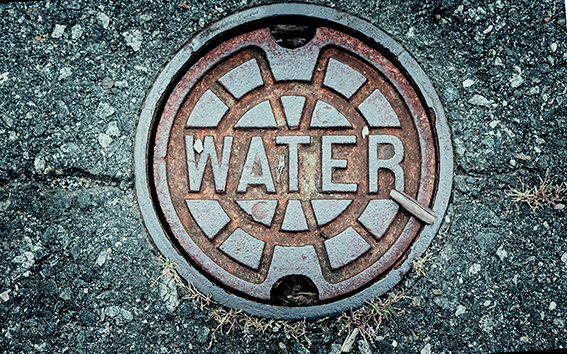By Stephen Major, Nokia’s Digital Industries Lead – Utility Sector
The pressure is on for water companies right now. Rising temperatures, rapid population growth and increasing urbanisation are having a huge effect on water availability. Even as availability fluctuates, demand is growing, and as with all industries, water companies are under the magnifying glass to meet new sustainability goals.
It’s clear that utilities need to take a fresh look at water management. Even as companies are investing in new water supply and distribution systems to meet the needs of a growing number of city dwellers, they are under pressure to reduce costs. It’s not viable to do a wholesale replacement of aging infrastructure, but as that infrastructure continues to deteriorate over time, it is increasing the risk of supplying reliable potable water. Corrosion and other damage can have a huge impact on water quality, and leaks can adversely impact water supply, revenue and reputation.
In North America, Stanford estimates that 20-50% of water is lost through leakages, and across England and Wales, just under 3 billion litres of water (equivalent to 1,182 Olympic size swimming pools) are lost to leaks every day. UK regulator, Ofwat, has set performance commitments to reduce leakage over the 2020-2025 period, and by achieving those commitments, the sector will cut leakage by 16% by 2025.
While it can be a struggle to decide where to place investments, utilities that leverage digitalisation will dramatically enrich their capabilities, unlocking new efficiencies that allow them to minimise risks.
Speeding the digital transformation journey
By adopting digital technologies, utilities will be able to gain access to the data held within their own operations, allowing them to make smarter decisions. Wireless technologies hold the key to flexibility, enabling companies to leverage internet of things (IoT) connectivity for myriad sensors and devices. This will allow them to take advantage of smart water management applications using artificial intelligence and machine learning, such as real-time analytics and 24-7 monitoring, to minimize the issues that currently impact the water supply.
Equipped with greater knowledge, including demand and supply levels as well as the common events that can lead to faults, leaks or sewage overflows, utilities will have more control. They’ll be able to increase water efficiency and better manage water reuse and conservation, and can implement predictive maintenance capabilities, attending to problem areas before they become an issue. Additionally, the greater situational awareness will serve to speed response times and reduce the impact of incidents when they do occur.
Reducing digitalisation cost and complexity using open IIoT architectures
To leverage the true advantages of flexible wireless systems, utilities should consider adopting an open architecture approach to industrial IoT (IIoT). This will allow greater choice and flexibility in choosing the vendors that they work with, selecting the solutions that most closely meet their needs and enabling the use cases they want to implement. They’ll also have more freedom to take advantage of emerging applications. With no vendor lock-in, collaboration is made easier, integration is simplified, and implementation costs are reduced with more agile approaches.
Technology advances are also driving down the cost of adoption for utilities. The ability to take advantage of secure, low-power wide area (LPWA) networks such as narrowband IoT (NB-IoT) means that water utilities can implement the long-range wireless connectivity and deep underground and indoor penetration that they need. Low power consumption can prolong IoT device battery life to more than 10 years, providing a cost-effective and sustainable way to connect assets while also reducing the time and money spent on maintenance.
These capabilities have also advanced the adoption of end user devices such as smart water meters. The Market Report for the Global Smart Water Meters Industry was estimated at US$2.8 billion in 2020 and is now projected to reach US$4.3 billion by 2027. Increased adoption not only provides many operational benefits but also drives greater awareness among individuals about their own water consumption, often supporting changing customer behaviour and aiding the sustainability journey of utilities.
Building a sustainable future using Open IIoT today
Utilities who want to adopt smarter water management practices and improve their decision making should investigate the use of flexible wireless systems built on open IIoT architectures. By offering a modular, interoperable, secure and scalable approach, these allow companies to reduce complexity, become more agile and transform operations.
As a result, utilities will be able to better manage the balance of supply and demand, reduce costs, ensure regulatory compliance and deliver the in-built resilience and intelligence that will help them move closer to their sustainability goals.
While the pressure may be on for water utilities, investing in IIoT can help to mitigate the stress, reduce costs, and build a sustainable future for the years to come.
Stephen is currently working within the Nokia Customer Experience Digital Industries group, focusing on developing solutions and services for utility clients. He has over 20 years’ experience working within the Utilities industry specialising in operational technology (OT) systems, information and mission critical communications technology (ICT), asset management, smart grid application development and the design.



